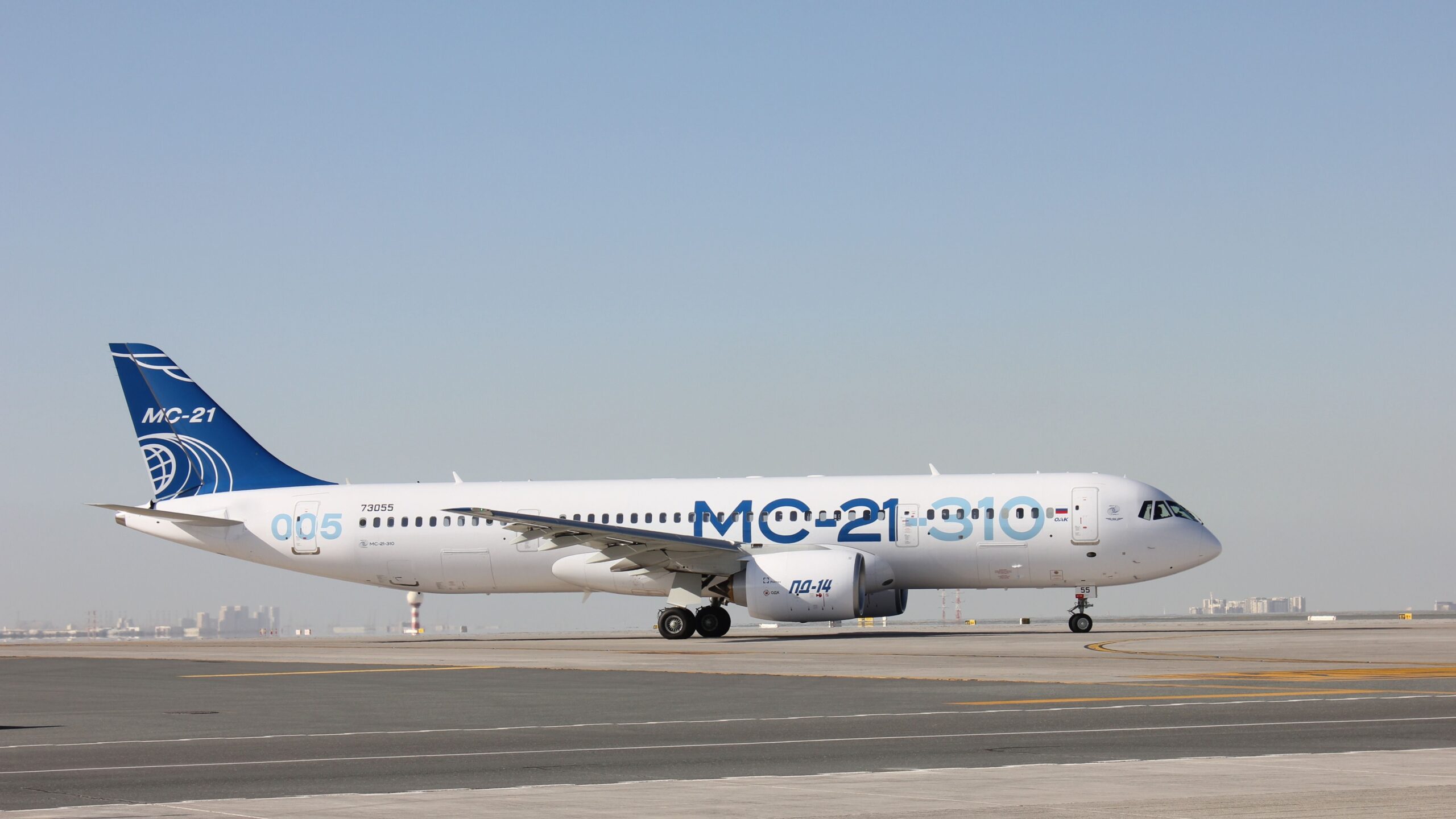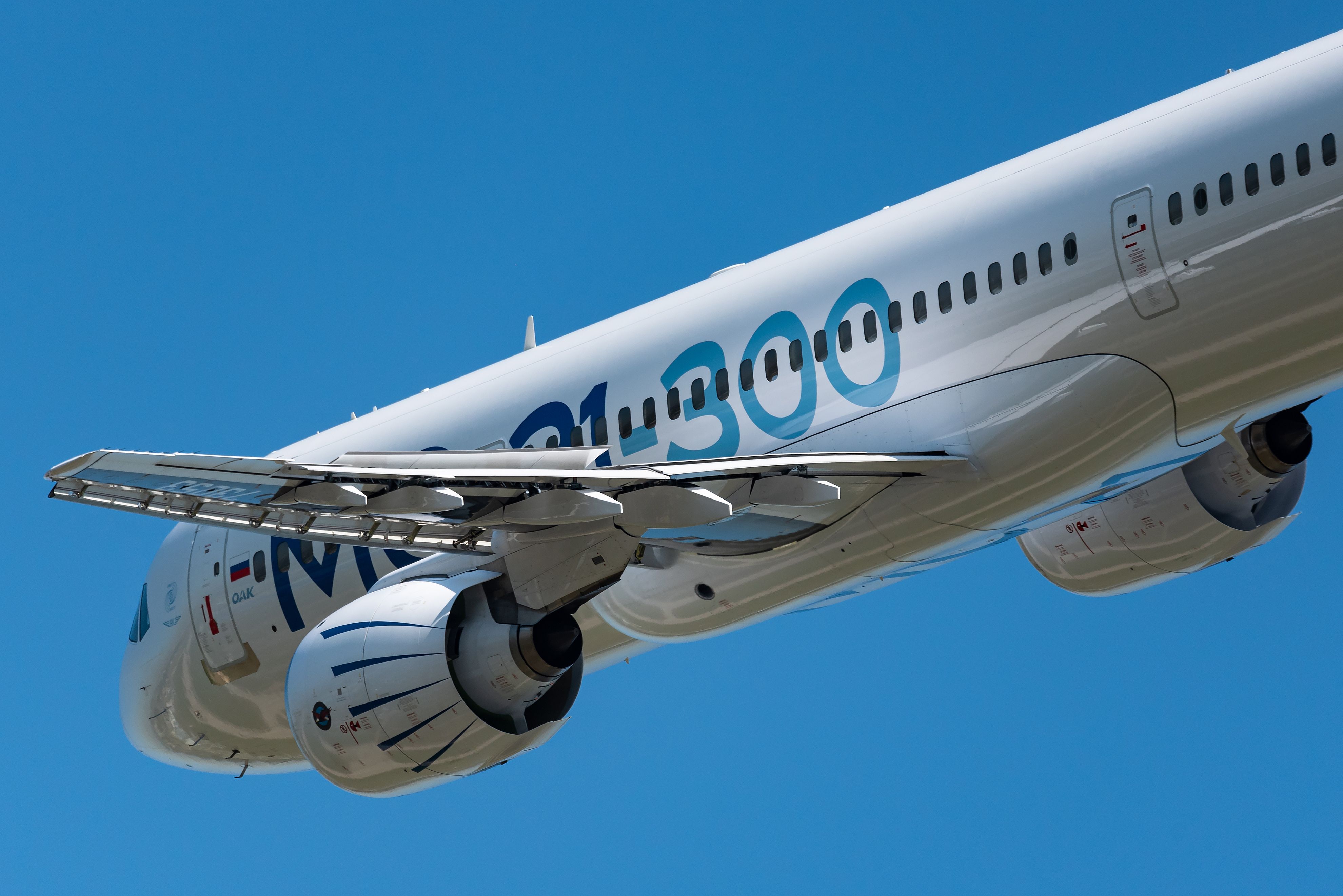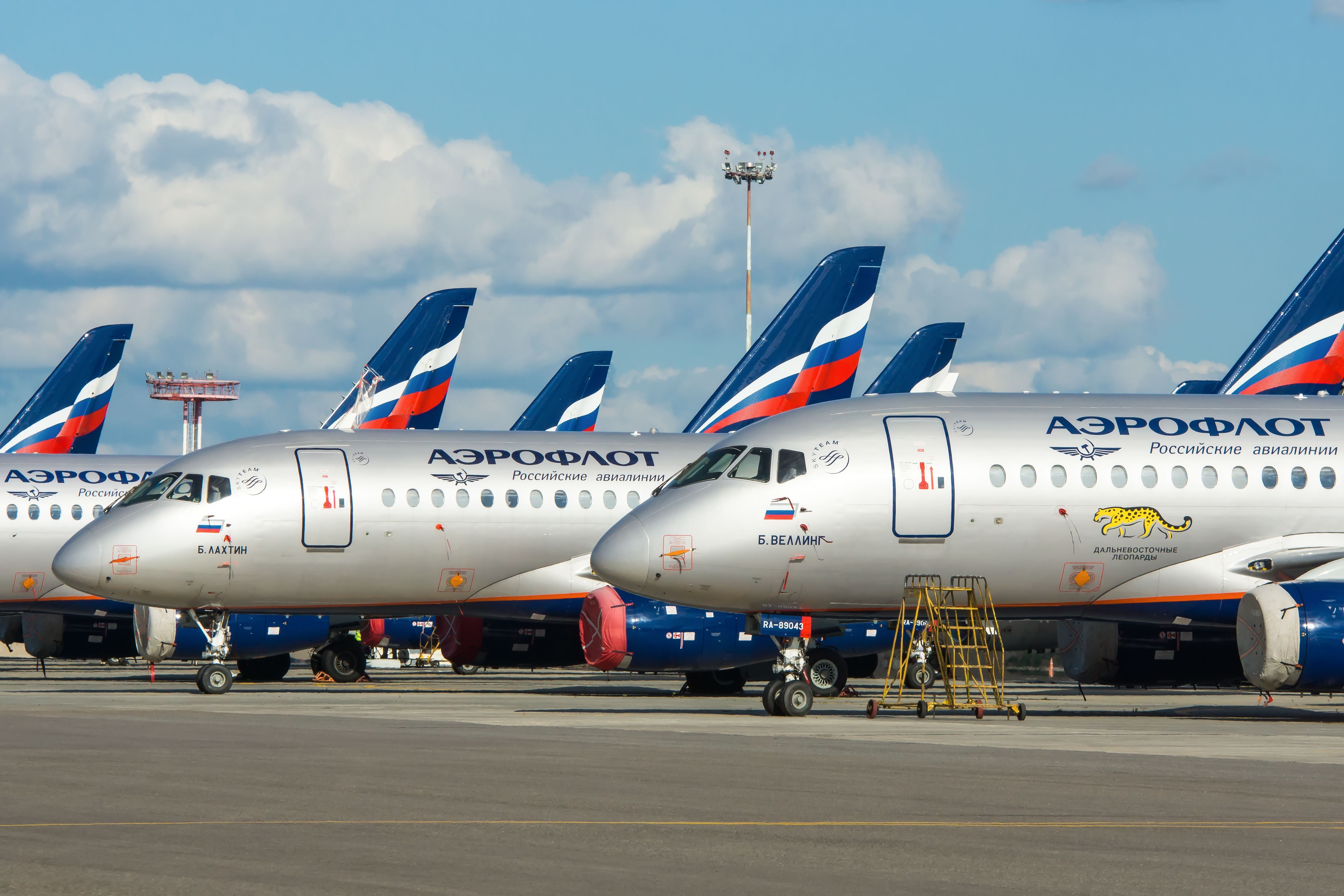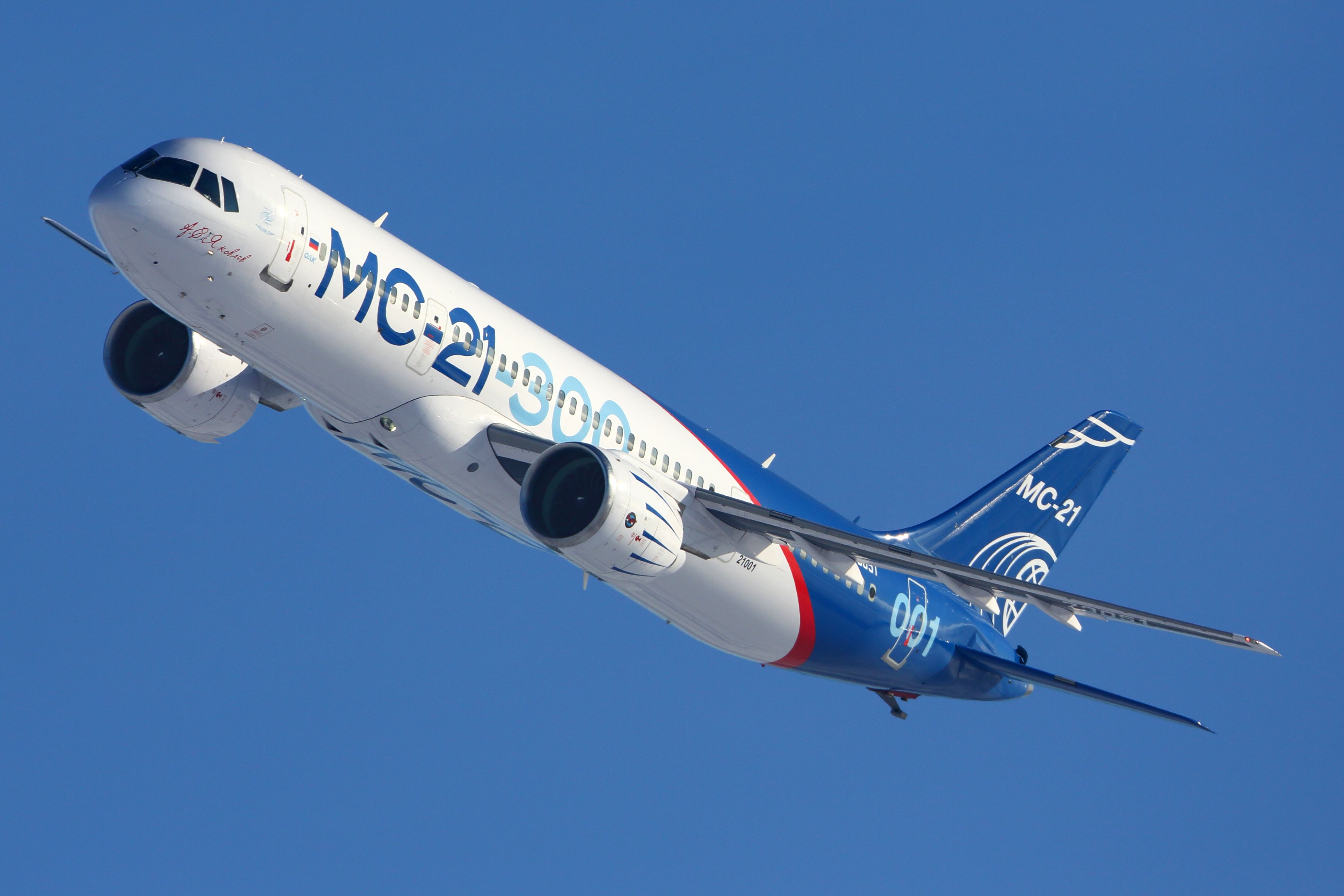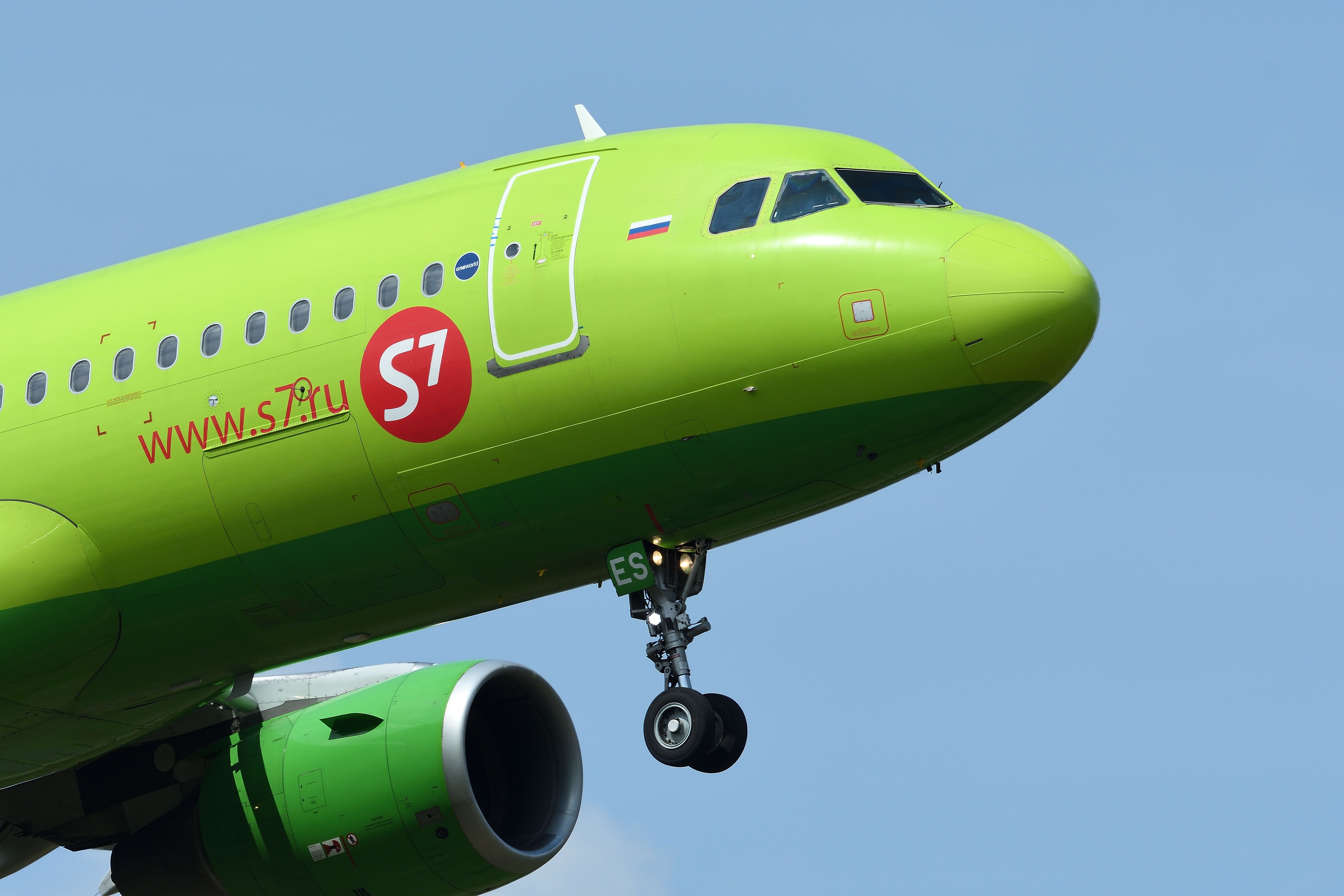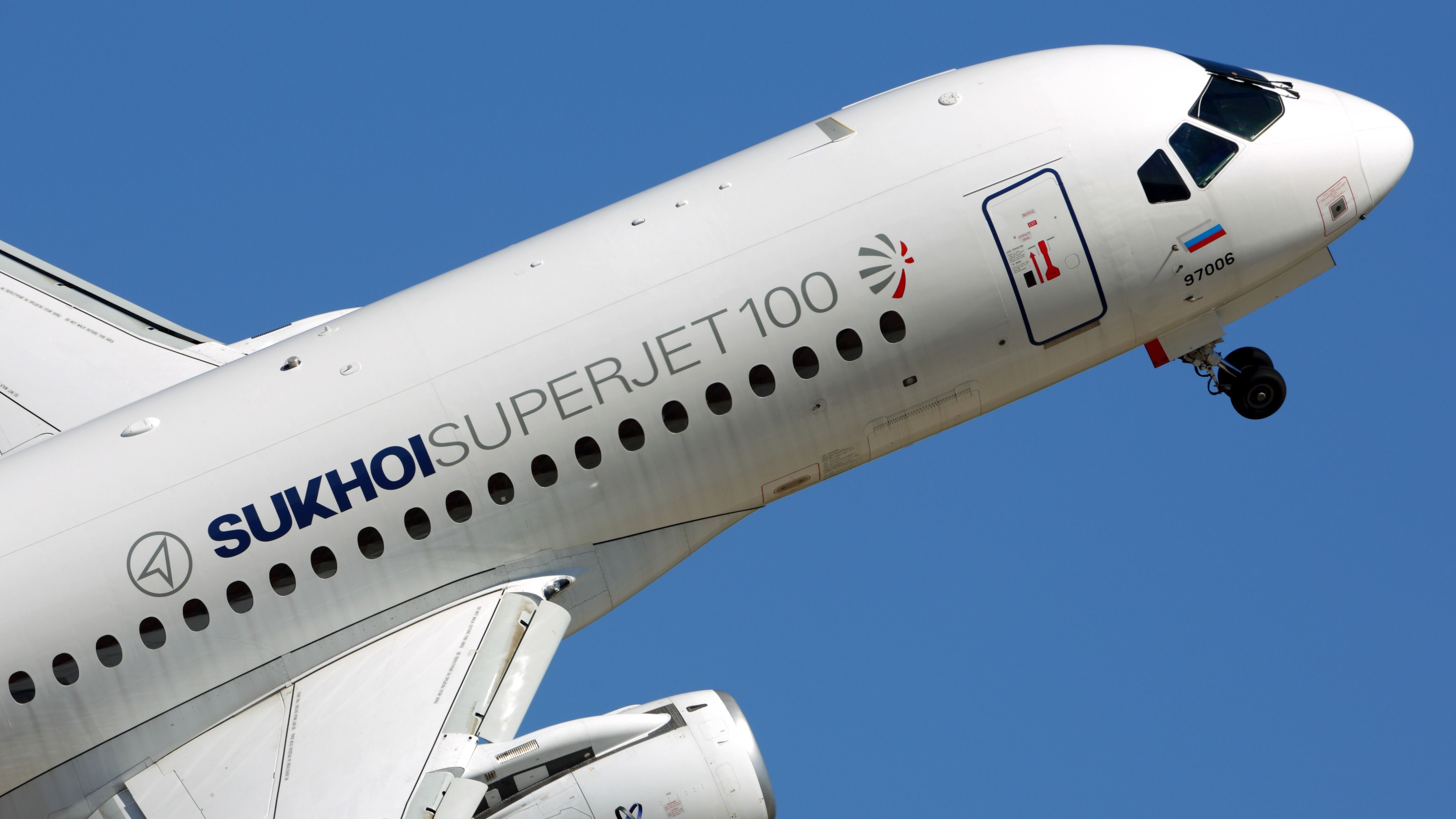Summary
- Russia planned to produce 1,036 civilian aircraft by 2030 but is now aiming for 994 by cutting back its production estimates.
- Russian airlines operate 405 domestically-produced aircraft and aim for self-sustainability by using only Russian components.
- Russia’s wartime economy and resource allocation may pose challenges for the aviation industry’s growth amid the ongoing conflict in Ukraine.
As the main successor state of the collapsed Soviet Union, Russia inherits a robust aviation industry (although Ukraine does as well—especially through Antonov). Before the full-scale invasion of Ukraine in 2022, Russia was seeking to revamp its diminished commercial aviation industry.
In 2021, things were looking up: The Sukhoi Superjet 100 was in production, and the MC-21 (a Boeing 737 competitor) was about to go into production. But then the war came with harsh Western sanctions that virtually shut down Russian domestic commercial airliner production overnight.
Russia’s 2023 plan for 1,036 aircraft by 2030
Undeterred, on 14 December 2023, the Russian state-run newspaper TASS reported Russian President Vladimir Putin as saying that the Russian industry plans to produce over a thousand civilian aircraft by 2030. That is an ambitious goal given that all the aircraft’s production seems to still be all but frozen after more than two years of war and sanctions.
Photo: BeAvPhoto | Shutterstock
“We need to develop our own aircraft production. I hope all plans, and we plan to make more than 1,000 our own airplanes by 2030 [….] will be implemented; specialists, pilots, and passengers will have on what to fly.” – Vladimir Putin reported by TASS
Putin stated that Russia should not rely on its fleet of approximately 400 foreign-produced aircraft (mostly Airbus and Boeing). Almost immediately after Putin made that bold announcement in December, 283 billion rubles (or around $3.1 billion) were allocated to the state-owned industrial conglomerate Rostec. The aim was to produce 1,036 medium-haul aircraft of eight types by 2030, using Russian-only parts.
Russia’s domestic passenger aircraft include the Sukhoi Superjet-100, the Yakovlev MC-21, the Ilyushin IL-114-300 & IL-96-300, the Tupolev 214, the UZGA VRS-44 Lagoda, the Let L-410 Turbo, and the Baikal LMS-901.
Photo: Media_works | Shutterstock
In 2022, Russia projected its industry would produce 18 aircraft, rising to 25 in 2023 and then to 69 in 2024 before getting back up to pre-war production levels thereafter. The forecast was a total of 1,036 aircraft by 2030.
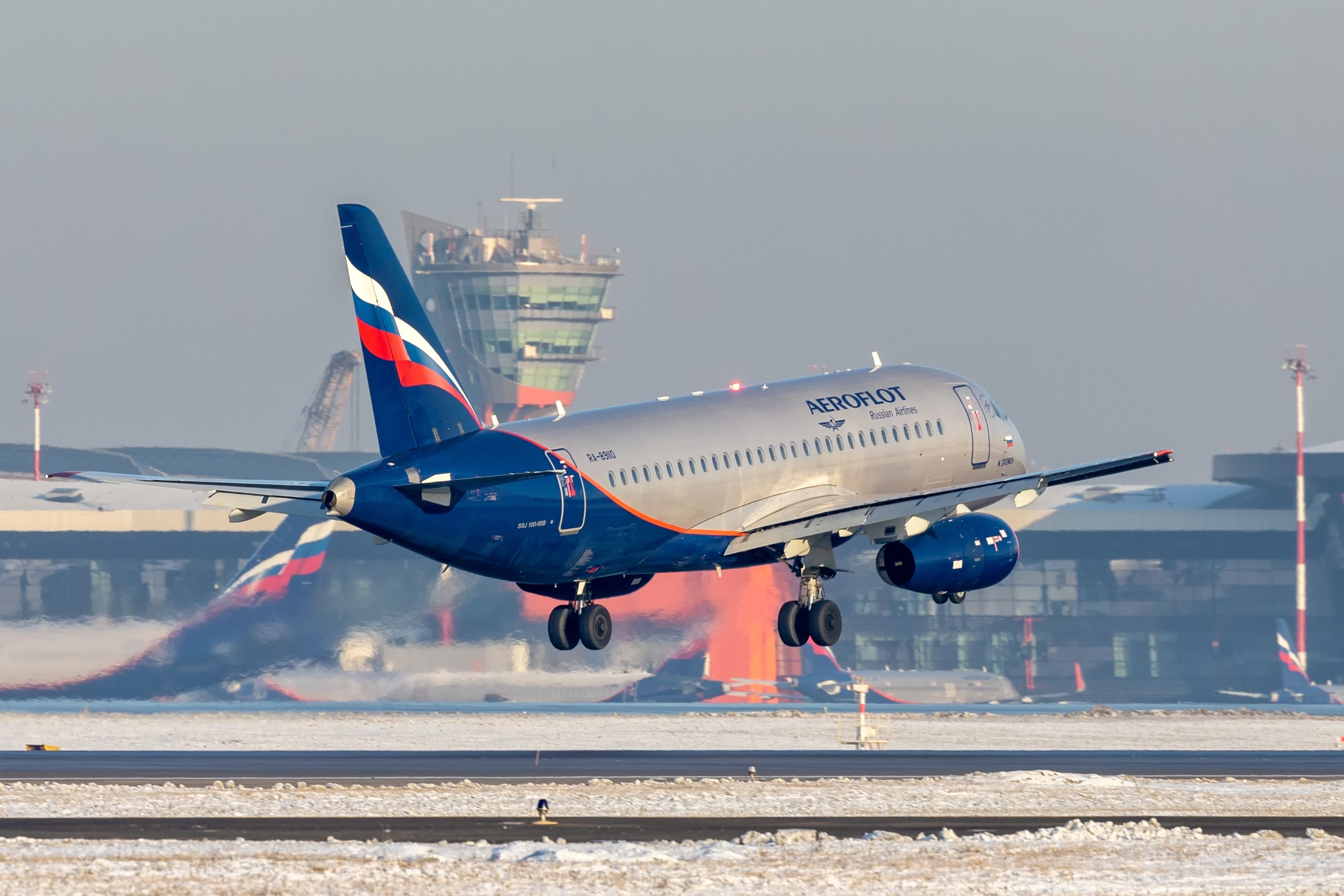
Related
13 Years Since It Entered Service: Who Flies The Sukhoi Superjet Today?
The aircraft currently flies for a number of commercial and non-commercial operators, both in Russia and nearby countries.
Trimming the forecasts
However, only six months after Russia said it planned to produce 1,036 aircraft by 2030, it is already trimming back that number. According to Kyiv Post, Russia has now trimmed its production estimate to a still (perhaps impossibly) impressive 994 aircraft by the end of 2030.
It is now May 2024, and it doesn’t appear any meaningful aircraft have been built. The Kyiv Post cited Defense Express and stated that only two aircraft were produced in 2022, with another two in 2023 and only one so far in 2024. It is unclear if any meaningful amount will be produced in 2024 (especially the flagship MC-21s and Superjets).
Photo: Fasttailwind | Shutterstock
TASS stated that Russia plans to use domestic engines to build the MC-21 passenger jets. But these engines are heavier, less efficient, and less powerful than their Western counterparts. The MC-21 is now expected to be overweight by almost 6 tons and late. The MC-21 is now not expected to enter production until 2025 or 2026, and it is expected to have a reduced range and fly at a lower altitude.
Keeping planes in the air
Russian airlines currently operate a total of 991 aircraft. Of these, 405 aircraft were produced in Russia (including 133 Superjets). Faced with sanctions and unable to source Western parts (like the engines and avionics), Russia announced it would do it alone, russify its aircraft, and produce them with wholly Russian-produced components. However, the date for the resumption of serial production of the Superjet and the production of the MC-21 has been pushed back repeatedly.
To help insulate itself from being dependent on the West, Russia has launched an “import substitution” program. Russia is cut off from parts and international services. Still, Russia is learning to repair and maintain the aircraft. S7 Airlines recently claimed its engineers had reversed-engineered some hot parts for some Boeing 737s and Airbus A320s. Still, these aircraft can not be kept flying infinitely, and being such a vast nation, Russia is in particular need of a large fleet of aircraft to connect the country together. Traveling from St. Petersburg to Vladivostok by the fastest train takes around 6 days and 8 hours.
Photo: viper-zero | Shutterstock
The Kyiv Post also remarks that the production problems are also affecting helicopters. It stated there are reports Russia is trying to buy used helicopter engines from Egypt, Pakistan, and Brazil to keep its military Ka-52, Mi-24, Mi-8, and Mi-17 helicopters flying. Many of these helicopter engines originate from Ukraine’s Motor Sich.

Related
Why Russia’s Once-Touted Sukhoi Superjet 100 Faces An Uncertain Future
The SJ100 is undergoing Russification, but its production remains in limbo, and its future is uncertain.
Running a war economy
It is also questionable how many resources Russia is willing to dedicate to the civilian sector during the war. Russia is currently running a wartime economy and is already facing a skilled labor shortage. Wars are incredibly labor- and resource-intensive, and no country has unlimited resources.
Ultimately, every country is forced to prioritize allocating its resources, including the skilled labor force (a valuable resource in strong demand by the war industry). The war in Ukraine rages on and shows no signs of letting up; perhaps it will end in a few months, or perhaps it will go on for years more to the detriment of Russia’s domestic aviation industry.
Photo: Fasttailwind | Shutterstock
Upon entering WW2, the US is an extreme historical example of prioritizing military needs over civilian production. Shortly after declaring war on Japan and Germany in December 1941, the United States froze the sale of and banned the production of civilian cars and light trucks in February 1942. This ban remained in place until the end of the war. As the car rental company Hertz points out, this forced the American industry to focus solely on the war effort and win the war.

